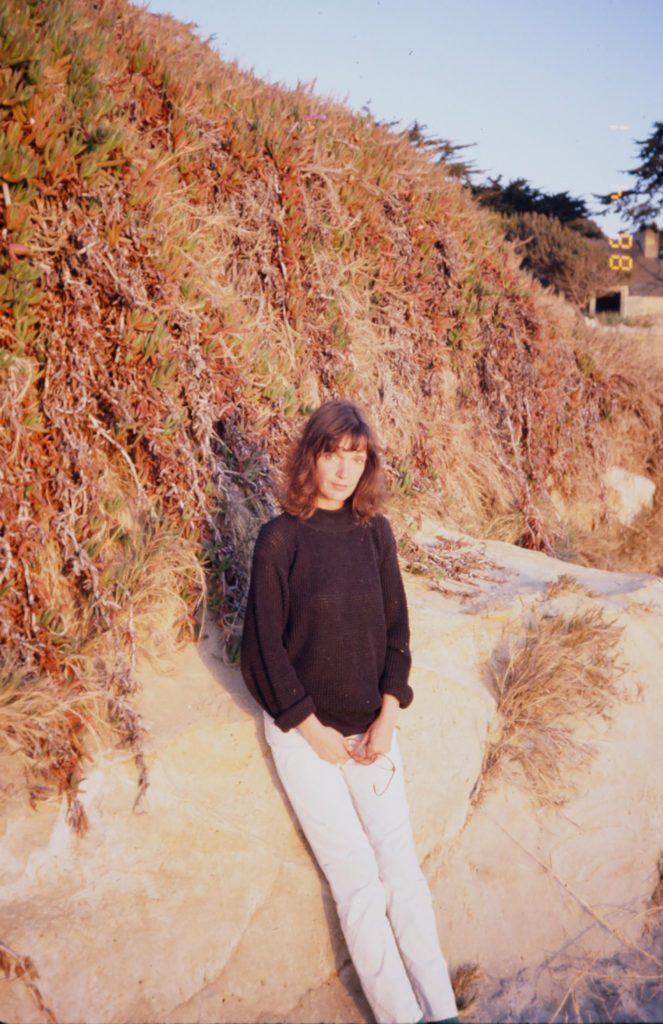KATHERINE NEVILLE’S
Lammas Resurrection Newsletter
August 1, 2020
My Lammas Resurrection Lilies
My “Resurrection Lilies”–which first pop up in Spring, then die back, and then bloom after midsummer–always begin blooming tonight, the first night of Lammas, August 1 (see my 2014 Lammas Newsletter). Today marks the Eighth station of the Celtic year, when “first fruits” are gathered.
Whenever I see these lilies popping up in my garden, it always reminds me that it is never too late to resurrect an important idea, an idea that might be lost forever if it is not resurfaced in subsequent eras, like today, when it is perhaps most needed.
Here’s two of my favorite examples:
“Those who cannot remember the past are condemned to repeat it.”
-George Santayana, 1905
“The man of the future is the one who will have the longest memory.”
-Friederich Nietzsche
Santayana’s Prophecy Resurrected
Many decades ago, when I was in school, there was a huge movement afoot throughout academia to change our standard curriculum to a more inclusive one, and to eliminate what was thought of as an “agenda” revolving around the literary, artistic, political, philosophical, works of “Dead White Males.” (Western European and North American men.)
Yet there is one important work by a Dead White Male that we might think of resurrecting today. This work is rarely present in most academic curricula. If you’d ask most people on the street, or even highly educated people, they’d say they hadn’t read it–or perhaps even heard of it. Yet it has changed our world.
This small work found a larger audience, inspiring Mahatma Gandhi and Martin Luther King–and those they inspired like Nelson Mandela, and Vaclav Havel–to form their ‘passive resistance’ movements.
It is titled: On Civil Disobedience
-Henry David Thoreau, 1849 (see my 2011 Civil Disobedience Newsletter)
In order to combat the continuation of slave states and engagement in unjust wars of aggression against other countries Thoreau wrote this paper that proposed what we today call passive resistance against a government that failed to listen to its citizens.
In the words of historian Arnold Toynbee:
Society is the total network of relations between human beings. The components of society are thus not human beings but the relations between them … A visible and palpable collection of people is not a society; it is a crowd. A crowd, unlike a society, can be assembled, dispersed, photographed, or massacred.
Let’s all resurrect our memories of joining together as a civil society.
Happy Lammas!
Please visit me on my website www.KatherineNeville.com
Facebook @AuthorKatherineNeville & Twitter @KNeville_Quest

